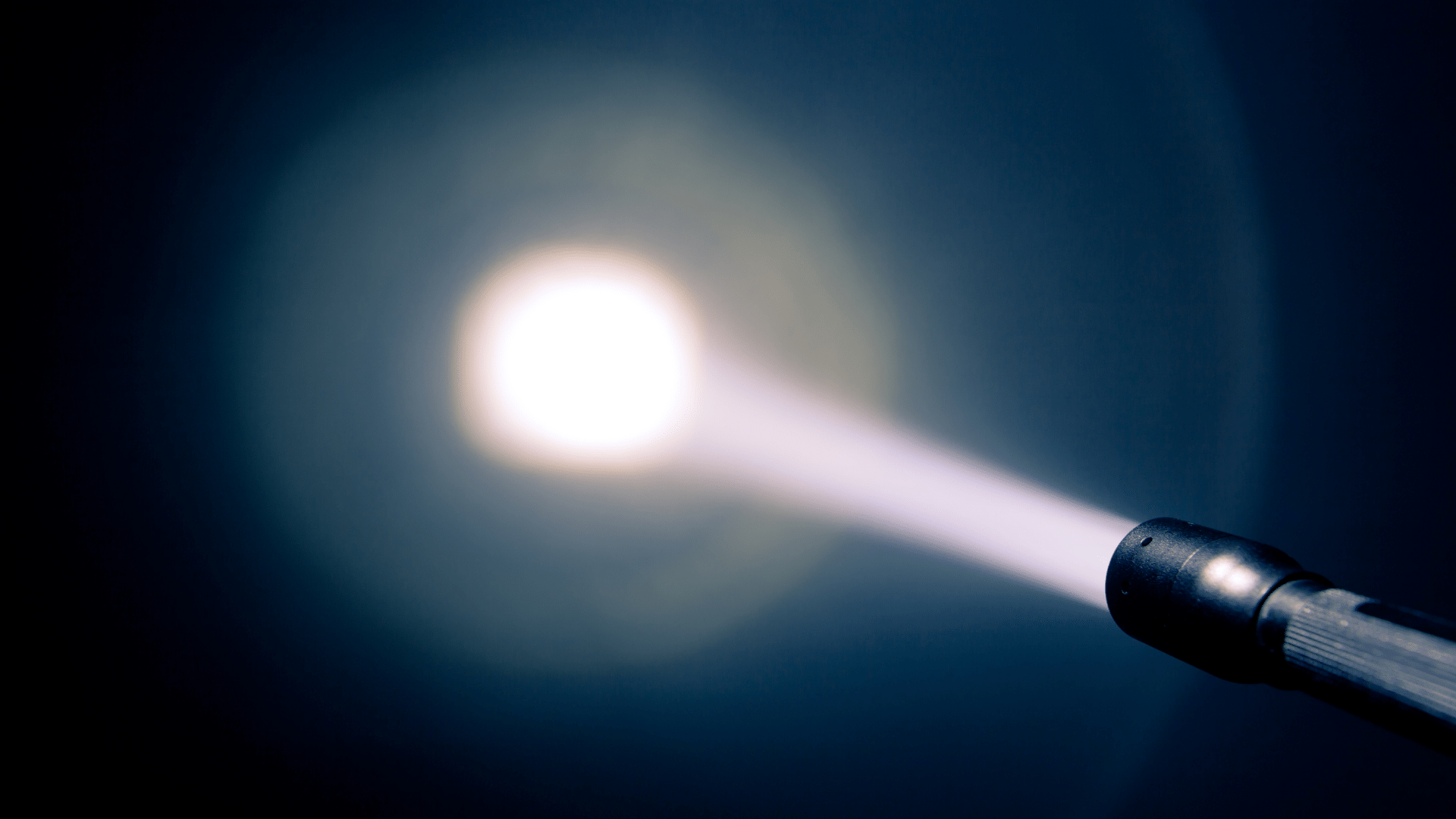Light bulbs come with a myriad of purposes, and 100 lumens is on the lower end of the spectrum for general lighting. That said, 100 lumens is still bright enough for some purposes. Let’s take a look at what 100 lumens can do.
How bright is 100 lumens?
To answer this question, let’s first look at what a lumen is. A single lumen is a measurement of light roughly equal to the output of a candle from a distance of one foot. So, 100 lumens would be like having 100 candles all burning at once from a distance of one foot away.
In terms of general lighting, 100 lumens is pretty low. For example, a standard 60-watt incandescent light bulb produces about 800 lumens of light. So, if you were to replace a 60-watt light bulb with a 100-lumen LED light bulb, it would be significantly dimmer.
However, there are some situations where 100 lumens can be bright enough. If you’re using a flashlight to light up a small area, 100 lumens can be more than enough. And if you’re using string lights to decorate for a party, 100 lumens per bulb can be too bright, taking away the atmospheric feel of the soft, small lights.
Where is 100 lumens enough?
In all honesty, there isn’t a room in the house that will be sufficiently lit by 100 lumens alone – even if it is a small room. It will cause eye strain, and the overall effect will be dingy. However, use multiple 100-lumen bulbs, and this situation will soon change. At 400 lumens, you’ll have an adequately lit room, but for the best results, go for 600 lumens and above.
Chandeliers often offer space for 5-10 bulbs, and many decorative bulbs offer lumen ranges of 100-200. Grouping these bulbs will provide bright, soft light, as the overall surface area emitting light is greater than a single bulb.
100-lumen bulbs are available in LED, significantly reducing power consumption without compromising light output. They can be handy for directed task lighting if installed directly above a work surface, where multiple low-power 100-lumen bulbs can add up to provide decent light without being overwhelming.
Bulbs in the 100-lumen range are also excellent for accent lighting and can create lovely, atmospheric effects when used correctly.
Examples of 100-lumen lights
100-lumen lights tend to be relegated to portable lighting rather than household lights.
1. Torches

Although somewhat on the lower end of what torches can do these days, a 100-lumen torch is a handy backup to have around the house. While this won’t be the brightest torch, it will go easy on the battery, meaning it should be reliable enough to get you around in the dark for hours.
2. Bike lights
One hundred lumens is the minimum you should go for when choosing bike lights. This is because you need to be able to see the road but also be seen by other people.
3. Emergency lights

In case of a power outage, a 100-lumen emergency light will help you find your way around the house without being too jarring to the eyes.
Conclusion
When it comes to light bulbs, 100 lumens is on the lower end of the scale. While this may be bright enough for some purposes, in general, it’s not enough for most household needs. To get a brighter light, you need to go with a bulb with a higher lumen rating or use a greater number of individual 100-lumen bulbs, such as in chandeliers or under cupboard lighting.
However, there are some situations where 100 lumens can be bright enough. If you’re using a flashlight to light up a small area, 100 lumens can be more than enough. And if you’re using string lights to decorate for a party, 100 lumens per bulb can be too bright, taking away the atmospheric feel of the soft, small lights.
There isn’t a room in the house that will be sufficiently lit by 100 lumens alone – even if it is a small room. It will cause eye strain, and the overall effect will be dark. However, use multiple 100-lumen bulbs across the breadth of the room, and this situation will soon change. At 400 lumens, you’ll have an adequately lit room; at 600 lumens and above, you’ll have an incredibly well-lit space with a more mixed and dynamic lighting arrangement than just placing a single brighter bulb overhead could have provided.
Leave a Reply